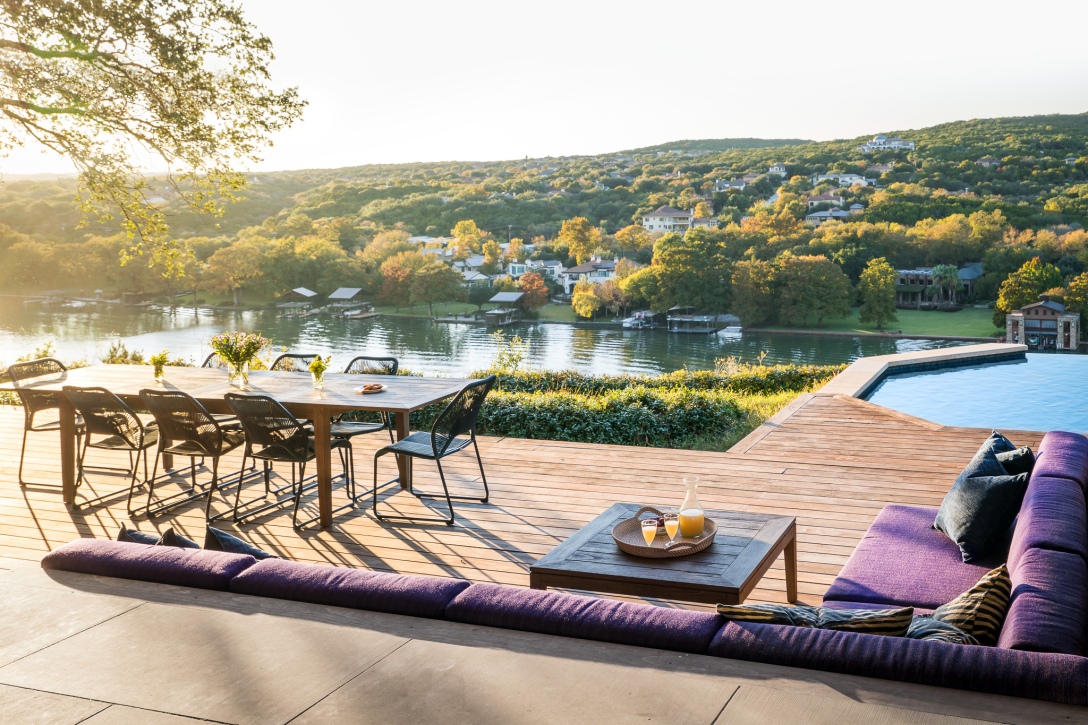For folks who have a property on Lake Austin or are thinking about buying one, understanding the ins and outs of the Lake Austin (LA) Zoning Overlay and how it relates to development is critical . We have done a number of projects in the LA Overlay and we recommend consulting with a qualified architect prior to either purchasing land or considering new construction or renovation / additions in this zone.
Historically, when City of Austin first annexed Lake Austin properties, property owners where given the option to either adopt traditional City of Austin Zoning (i.e. SF-2 or SF-3) or have no zoning and keep their lots governed only by the LA Zoning. In 2014, City of Austin put in effect the Lake Austin Zoning Overlay which stopped the piecemeal practice of assigning zoning to specific lots for a more comprehensive approach and this article is focused on those lots which have LA zoning and not other SF related zoning after that overlay was put in place.
For LA only zoned lots, build-able area is solely defined by the intersection of two metrics: slope and impervious coverage. The intent of LA Zoning overlay is twofold, to both prohibit construction on portions of properties steeper slopes adjacent to the river and to restrict impervious coverage on shallower slopes. There are two primary categories of regulations for LA Overlay lots and they relate to when the lot was platted, either before or after April 22, 1982. Lots platted before that date have lesser setbacks to the Lake shoreline (25′ rather than 75′) but also different allowable impervious coverage (which in this case is the equivalent to building coverage) areas on each slope category.
For example for pre-1982 platted or plat exempt lots, impervious coverage is limited to “35 percent, on a slope with a gradient of 15 percent or less; 10 percent, on a slope with a gradient of more than 15 percent and not more than 35 percent; 5 percent, on a slope with a gradient of more than 25 percent and not more than 35 percent; or 40 percent, if impervious cover is transferred.” Similarly for post 1982 platted lots, impervious coverage is limited to “20 percent, on a slope with a gradient of 25 percent or less; 10 percent, on a slope with a gradient of more than 25 percent and not more than 35 percent; or if impervious cover is transferred, 30 percent.” (See Municode 25‐2‐551)
This means a quick look at coverage on slope conditions that are relatively flat (35% of under 15 percent gradient or less for Pre-1982 or 20% of under 25 percent gradient or less on Post-1982 platted lots) will yield a permitted buildable / impervious coverage area for an LA zoned lot. To understand these limitations, Clark Richardson Architects provides detailed slope analysis studies for potential building lots in-house as part of our scope of services. Reach out if you’re looking at building or renovating on Lake Austin and you’d like to discuss further.
